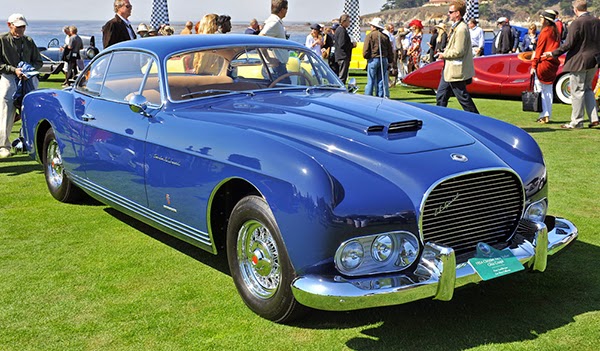The Mirai has a tough act to follow. In 1997, Toyota was at the automotive forefront of the alternative fuel movement with the Prius. The Prius quickly rose in popularity to become a household name, and it's aero-formed shape became iconic - eventually copied far and wide as consumers began equating it's shape to that of efficiency. Witness how the Civic, and to and even greater extent, the Elantra, adopted similar "wedge-teardrop" profiles for their more mainstream, economy minded cars. The Elantra is also proof that although you can make a slippery shape to drive sales, that alone will not guarantee spectacular mileage figures.
And then comes thes stylistic mess that is the Mirai. I think this may be Toyota's attempt at maintaining the lessons learned from the Prius's proven excellent aerodynamics, yet visually blinding you to the fact that the shape is a Prius copycat by hacking at the clay design models with a machete and stuffing some lights and vents that look like they belong on a refrigerator truck in the gaping wounds. Out back you'll find odd, stacked taillights, seemingly borrowed from a very sad Bangle-butt 7-Series. Squint and you'll see a fuzzy, Prius-like outline. Open your eyes and you'll see something that looks like a Star Trek prop.
Inside isn't much better. Toyota seems insistent on continuing to use it's oft-maligned central stacked gauges. In the Mirai, the infuriating setup centres an otherwise featureless expanse of dashboard broken by swooshes of plastic of contrasting colour and texture. It looks futuristic, as if it was lifted from one of the space shuttles on the U.S.S. Enterprise. But not necessary attractive, and there seems to be a lot of wasted space sitting directly in front of the front seats passengers.






















































